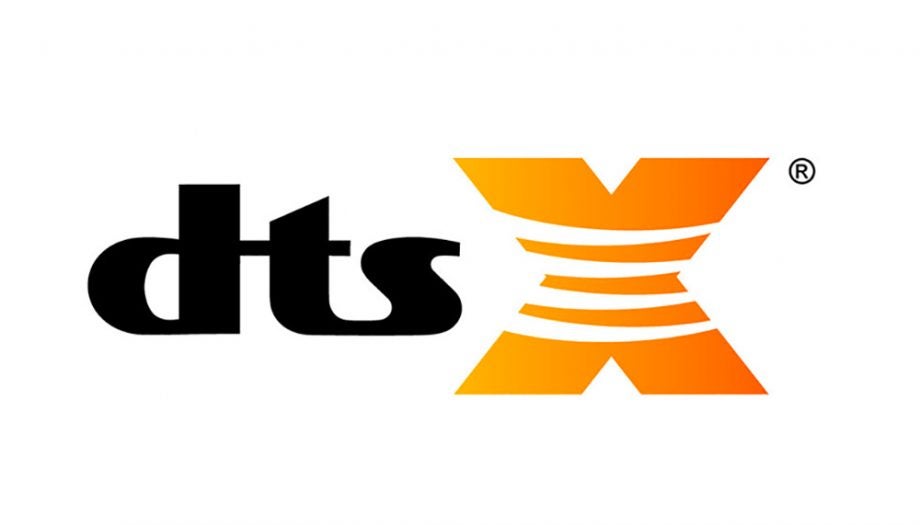What is DTS:X? All you need to know

DTS:X is the multi-channel audio company’s alternative to Dolby Atmos. Like Atmos it serves to produce an immersive audio experience in the home, but it takes a slightly different approach to its rival
It’s supported by a number of brands and products – in fact you may have a DTS:X compatible product and not even know it. So how does it work? Allow us to explain all.
What is DTS:X?
DTS:X is an object-based audio format created in 2015 for the home, though it is available in some (American) theatres. The premise is similar to Dolby Atmos in that it creates a hemisphere of sound that’s more lifelike and natural in its presentation. DTS says it will make “horror movies scarier, comedies more laugh-out-loud, and car chase scenes even more intense.”
How does DTS:X work?
Prior audio formats to Atmos and DTS:X were stereo and multi-channel, but with object-based audio it takes multi-channel sound into the multi-dimensional.
Sounds can be positioned where the audio engineer wants them to be, producing a wider, taller and far reaching immersive soundscape. Where DTS:X goes in a different direction to Atmos is that it doesn’t require a specific speaker layout. It’s more flexible and adaptable to what you have, and can support speaker layouts up to 11.1. It’ll also work with your standard 5.1 set-up and, while it’s useful to have overhead/upfiring speakers, it isn’t essential.
DTS:X figures out your speaker set-up and scales to it, ‘moving’ the sound to create the immersive effect. It has a huge capacity for audio objects – individual sounds not limited to a speaker channel – with DTS:X supporting an unlimited number compared to Atmos’ 128.
It’s also happy to play with legacy DTS content, upconverting DTS-HD Master Audio soundtracks on older Blu-rays and DVDs so you won’t have to chuck out old discs to take advantage of the format. Customisation allows for dialogue to made even clearer or the adjustment of where sounds.
What is DTS Virtual:X?
DTS Virtual:X uses audio processing to create phantom surround and height channels for a more immersive sound mix.
It’s similar to DTS:X, but designed for those who don’t have the space or the means to afford a multi-channel or object-based sound system. It’ll work with any 2.1, 3.1, 5.1 and 7.1 speaker configurations that don’t have height channels and, through its Virtual:X engine, will attempt to create those ‘virtual’ height and surround channels to give that 3D feel to soundtracks.
What is DTS:X Pro?
DTS:X Pro is the latest innovation from the DTS, an object-based audio format based on the principles of DTS:X that can support up to 32 connected speakers, including height speakers.
It is a premium surround sound offering, which places sounds above and around the viewer via DTS’ Neural:X technology. Neural:X is a spatial remapping engine that works in concert with the DTS renderer to deliver “pristine audio with amazing accuracy”.
DTS:X Pro’s flexibility also allows it to work with a variety of home cinema layouts, and it’s compatible with speaker layouts used for immersive audio systems such as Dolby Atmos. That means you won’t need to change the placement of speakers in your existing layout. It’s also geared to work with IMAX Enhanced content and at its most optimal, turns a 12.0 IMAX cinema mix into a 7.1.4 set-up.
DTS:X Pro was announced in early 2020 and isn’t as widely available, though it is breaking through in premium AV receivers from Denon and Marantz.
Related: What is IMAX Enhanced?
What’s available in DTS:X?
You’ll find DTS:X commonly in AV receivers and soundbars, with brands such as Denon, Marantz, Sennheiser, LG, Samsung, Sony, Pioneer, Yamaha, NAD and more putting their weight behind the format.
In terms of content, there’s a large number of 4K Blu-rays that supporting it. Film studios such as Universal are prominent backers of it and Sony have a growing number of titles in the format through their backing of IMAX Enhanced. Some notable 4K Blu-rays include American Gangster, Bad Boys For Life, Gladiator and Jurassic World: Fallen Kingdom. There aren’t as many titles in the format as there are in Atmos, but there’s plenty to choose from. Where you won’t see DTS:X is on video streaming services with the likes of Netflix, Disney+, Prime Video and Apple TV+ favouring Atmos.


